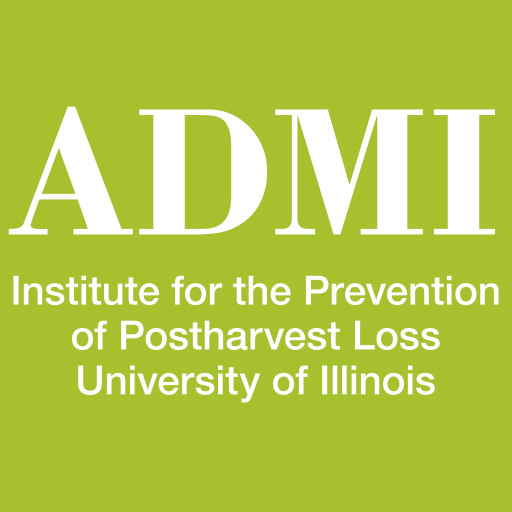Calculating PHL
Determining and quantifying the extent of postharvest losses on a farm or in a region is difficult, and has been an ongoing challenge in the field of postharvest loss prevention. Over time, different organizations and groups have attempted to define losses and loss levels in different ways.
PHL Calculators
ADMI Postharvest Investment Tool
The ADMI-designed Postharvest Investment Tool employs a practice-based approach that allows users to make informed decisions that may reduce postharvest losses across the value chain. The spreadsheet allows users to compare possible scenarios to understand the impacts of improved practices on crop quantity and quality.
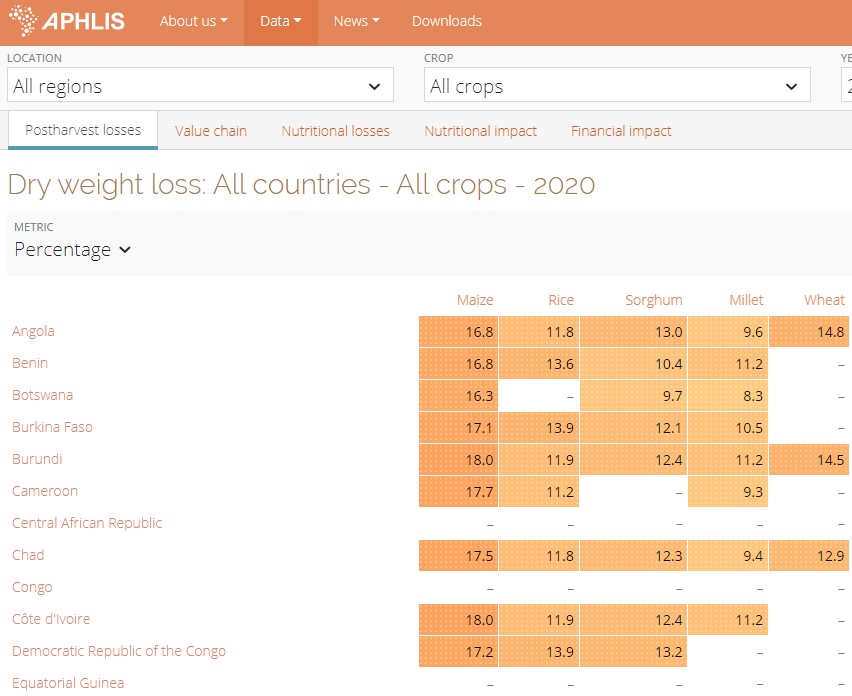
African Postharvest Loss Information System (APHLIS) data collection
The African Postharvest Loss Information System (APHLIS) is an international effort to collect, analyze, and disseminate data on postharvest losses of cereal grains, legumes, and roots and tubers in sub-Saharan Africa. APHLIS+ (the latest phase) includes estimate of economic and nutritional dimensions of PHL. A spreadsheet version of their loss estimation algorithm, directions for use, and a Postharvest Loss Assessment Manual are all available for download.
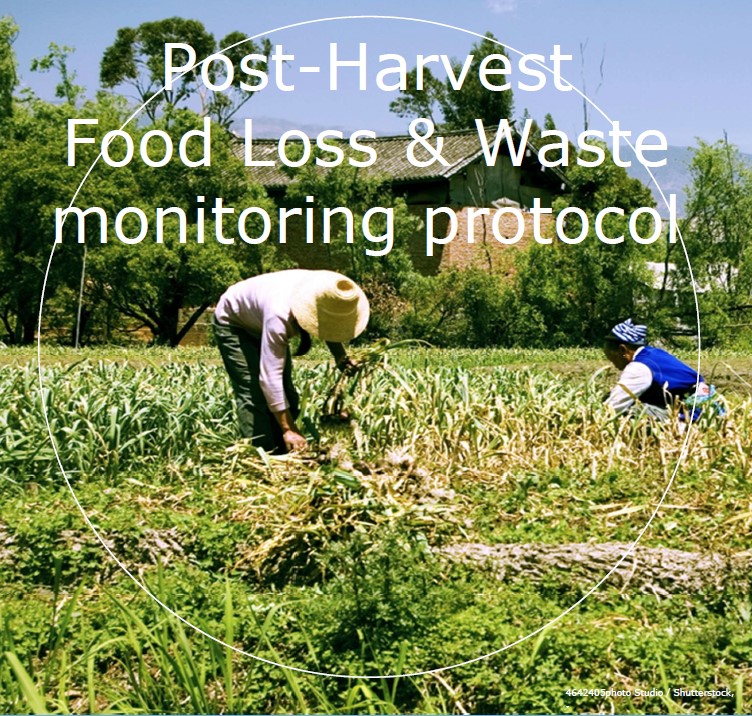
Post-Harvest Food Loss and Waste Monitoring protocol
Developed by Wageningen Food and Biobased Research (WFBR), this protocol is designed for monitoring postharvest food loss and waste (FLW) and associated greenhouse gas emissions. The protocol reduces direct measurements and data collection to the most essential and uses secondary information or expert estimates for missing data. This approach intends to boost FLW monitoring and to help identify causes and potential interventions.
Downloadable spreadsheet with instructions
Webinar: Post-Harvest Food Loss and Waste Monitoring Protocol online training
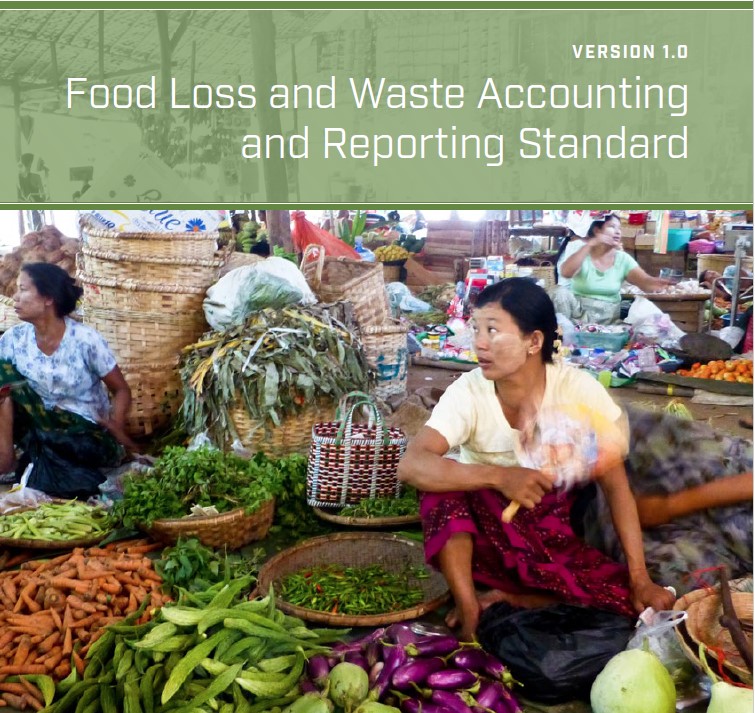
Food Loss and Waste Value Calculator
The Food Loss and Waste Value Calculator was created by the Food Loss and Waste Accounting and Reporting Standard project to help companies and other entities communicate, prioritize, and explore the environmental and nutritional value of FLW. The calculator can help companies communicate the value of this work, prioritize actions based on goals, and explore options to reduce FLW impacts.
Downloadable calculator and instructions
Webinar: Two FLW tools to know (Food Waste Atlas and Food Loss and Waste Value Calculator)
Measurement Methodologies
UN Global Food Loss and Waste indicators
The United Nations’ Sustainable Development Target 12.3 states that by 2030, global partners should seek to “halve per capita global food waste at the retail and consumer levels and reduce food losses along production and supply chains, including post-harvest losses.”
Target 12.3 further dictates that food loss and food waste should be measured with two separates indices, each establishing a baseline and tracking progress. Links to both are listed below.
Database: Food Loss and Waste– learn more about what food is wasted and where. Also includes background information and a user guide.
Video: SDG 12 – Indicator of global food losses – An overview of SDG 12.3.1

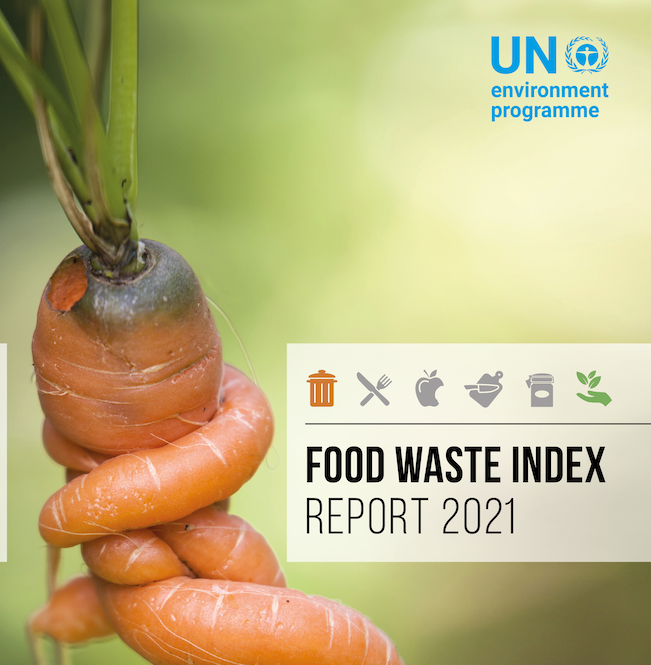
FAO: Food Loss Index
The national-level Food Loss Index is a fixed-base weighted index widely used in official statistics. The index are the 10 key commodities in line with policy priorities of each countries, their relative importance in terms of value of production, the nationally representative loss percentages or share of production that does not reach the retail stage, and the loss percentages in the benchmark year.
Document: “Guidelines on the measurement of harvest and post-harvest losses”
UNEP: Food Waste Index
The Food Waste Index, created by the United Nations Environmental Programme (UNEP), allows countries to measure food waste at the household, food service, and retail level to track progress toward SDG 12.3. This is outlined in the UNEP Food Waste Index Report. The report includes the most comprehensive food waste data collection, analysis and modelling to date, generating a new estimate of global food waste and establishing a methodology for comparison between countries.
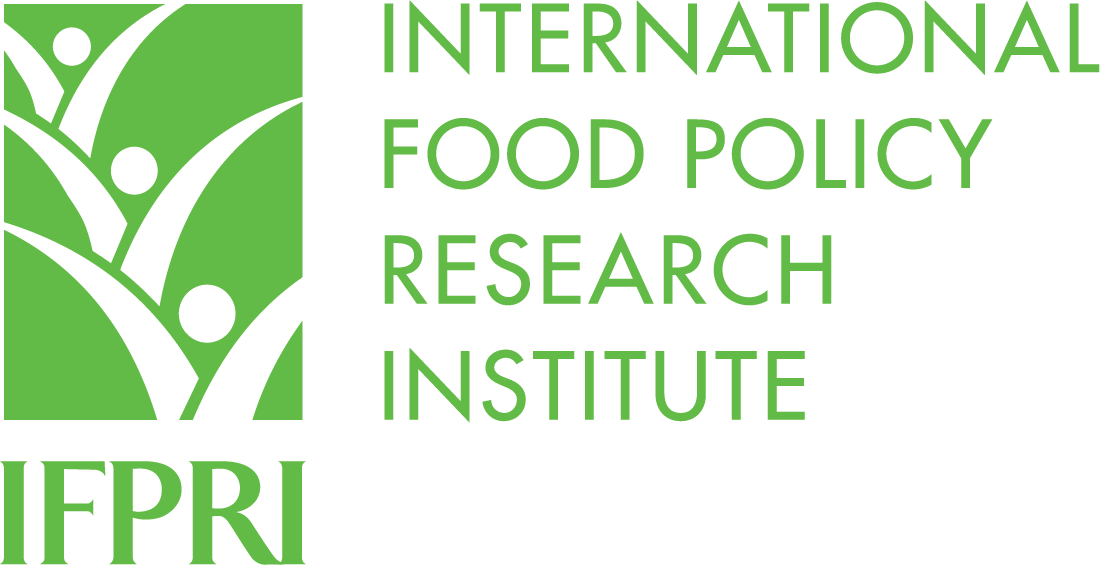
IFPRI food losses methodology
The International Food Policy Research Institute (IFPRI) developed a measurement methodology to characterize the nature of post-harvest losses across the value chain for different commodities in a wide array of countries using a set of surveys to measure the extent of food losses. While the surveys were tailored to specific countries, commodities, and varieties, they provide a consistent measurement of food losses across different agents in the value chain. The surveys capture detailed information about the different processes of each of these agents and quantify food losses in each production stage with four methods.
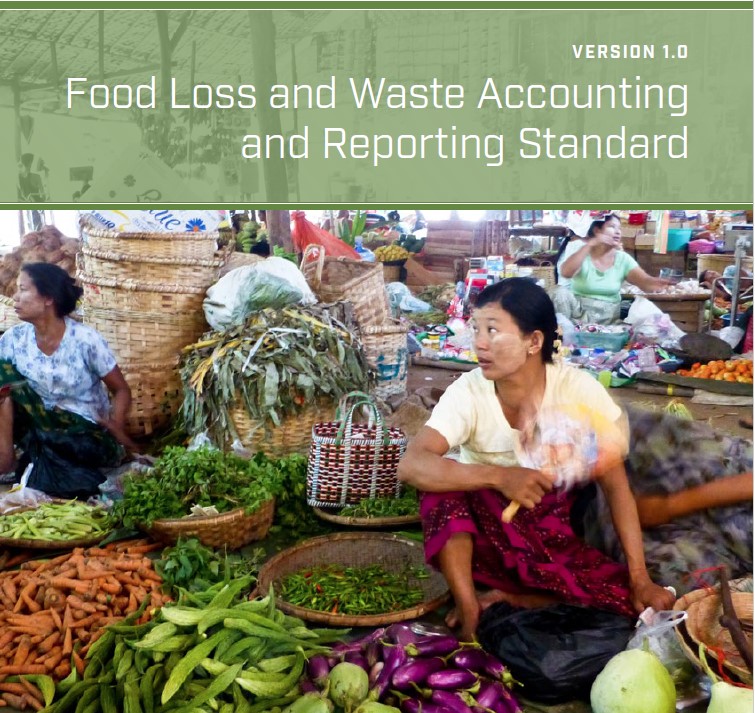
Food Loss and Waste Standard
The Food Loss and Waste Accounting and Reporting Standard, or the FLW Standard, was designed to assist companies, governments, cities and others in being better informed about food loss and waste, and the benefits of addressing FLW. A steering committee of seven expert institutions, led by the World Resources Institute, oversaw creation of the standard. The website includes sample reporting templates, case studies, and training information.

